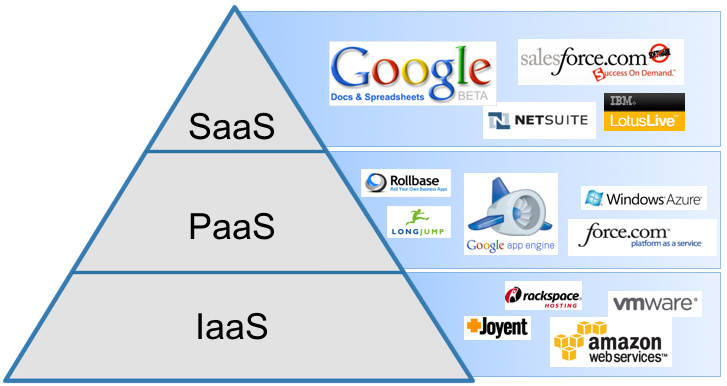Court Rules Non-Party Subpoenaed ESI Not Subject to 100-Mile Boundary: eDiscovery Case Week
eDiscovery Case Week continues! We had a great webcast yesterday where Tom O’Connor and I discussed key eDiscovery case law for the first half of 2018 – 22 cases in all! Now, on to covering cases for the second half of 2018! :o)
In Curtis v. Progressive N. Ins. Co., No. CIV-17-1076-C (W.D. Okla. June 13, 2018), Oklahoma District Judge Robin J. Cauthron, noting that the non-party “subpoena at issue does not require the travel or attendance of any witnesses and Plaintiff is requesting the production of electronic documents”, found that “there is no violation of the 100-mile limitation for electronic documents pertaining to Rule 54” and granted the plaintiff’s Motion to Compel Compliance with Subpoena directed to the non-party.
Case Background
In this case where the plaintiff claimed breach of contract, bad faith, unjust enrichment, and fraud against the defendant insurance company over the valuation of the plaintiff’s vehicles after two automobile collisions, the plaintiff served non-party Mitchell International, Inc. with a subpoena duces tecum in March 2018. The plaintiff requested documents from Mitchell pertaining to “the correspondence, purchase, and analysis of the [computer valuation system]” Mitchell utilized to create valuations of total loss vehicles for the defendant and served Mitchell through its Oklahoma registered agent. Within two weeks, Mitchell served written objections to Plaintiff’s subpoena. Subsequent discussion failed to reach a resolution and the plaintiff filed a Motion to Compel Compliance with Subpoena.
The plaintiff argued that her subpoena was valid and enforceable because “a subpoena that commands a person to travel beyond the 100-mile boundary must be quashed however, a Court retains discretion to command compliance with a subpoena for documents which requires production beyond the 100-mile limitation.” The plaintiff also noted that “[t]he contractual nature of the relationship between Progressive and Mitchell, as well [as] the cost-savings incentives marketed to Progressive by Mitchell are relevant to the claims in this lawsuit . . . concerning the method and manner in which the system operates in creating values for Progressive’s Oklahoma insureds is the fundamental basis of Plaintiff’s claims.” Mitchell argued that the Court lacked jurisdiction to hear the plaintiff’s motion because Mitchell maintains its headquarters and principal place of business in San Diego and the subpoena demands compliance in Shawnee, Oklahoma.
Judge’s Ruling
Noting that “Federal district courts enjoy broad discretion over discovery measures”, Judge Cauthron, in granting the plaintiff’s motion, stated:
“Here, Plaintiff states—and Mitchell does not dispute—that the information requested can be produced electronically. Mitchell has an Oklahoma registered agent and Progressive Northern Insurance Company continues to use the valuation system licensed and provided by Mitchell in Oklahoma to conduct business. As a result, Mitchell regularly transacts business in Oklahoma. The subpoena at issue does not require the travel or attendance of any witnesses and Plaintiff is requesting the production of electronic documents. This Court finds that there is no violation of the 100-mile limitation for electronic documents pertaining to Rule 54.”
Two weeks later, Judge Cauthron also denied the defendant’s motion to quash the subpoena.
So, what do you think? Should there even be a 100-mile limitation for discovery? Please let us know if any comments you might have or if you’d like to know more about a particular topic.

Sponsor: This blog is sponsored by CloudNine, which is a data and legal discovery technology company with proven expertise in simplifying and automating the discovery of data for audits, investigations, and litigation. Used by legal and business customers worldwide including more than 50 of the top 250 Am Law firms and many of the world’s leading corporations, CloudNine’s eDiscovery automation software and services help customers gain insight and intelligence on electronic data.
Disclaimer: The views represented herein are exclusively the views of the author, and do not necessarily represent the views held by CloudNine. eDiscovery Daily is made available by CloudNine solely for educational purposes to provide general information about general eDiscovery principles and not to provide specific legal advice applicable to any particular circumstance. eDiscovery Daily should not be used as a substitute for competent legal advice from a lawyer you have retained and who has agreed to represent you.








